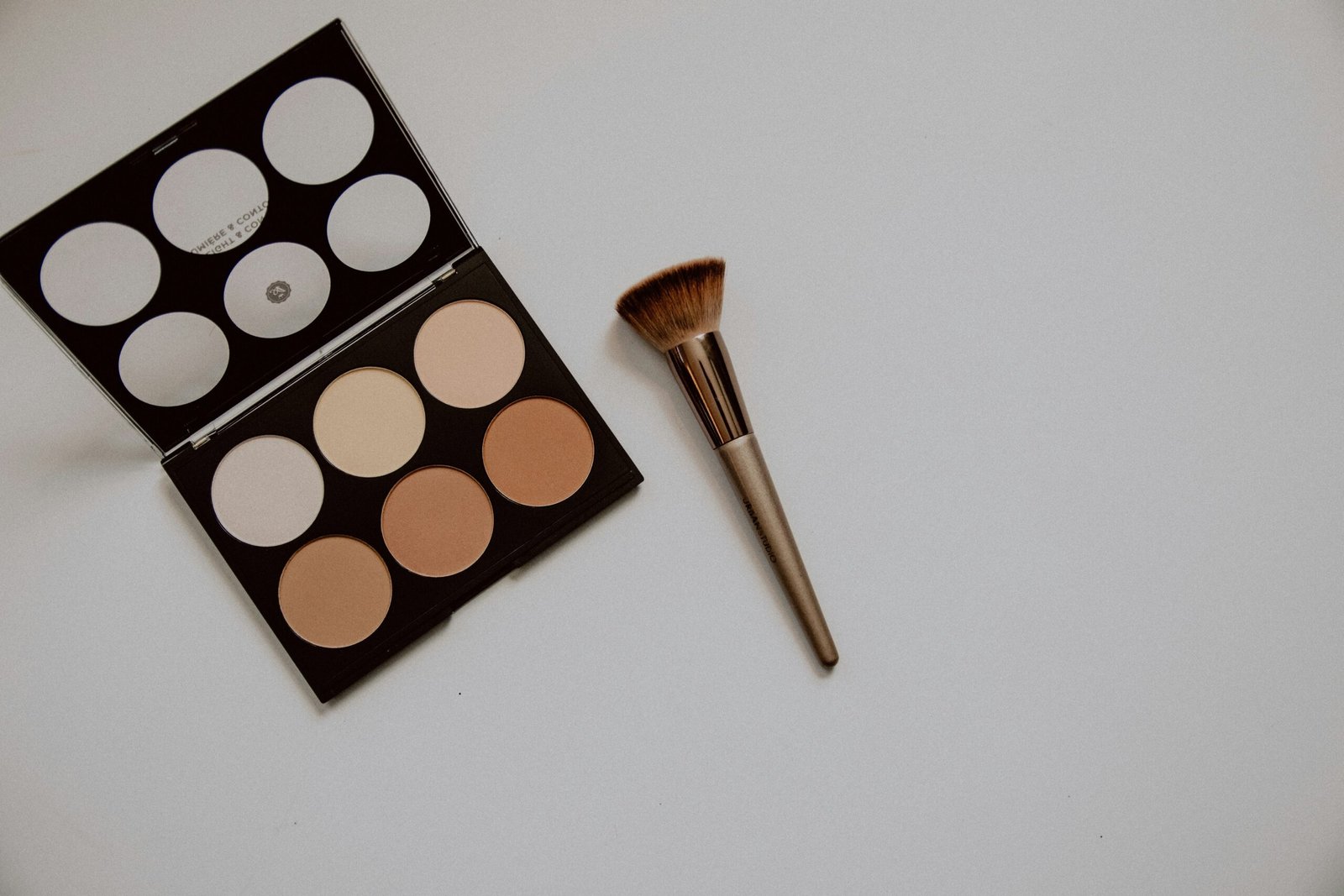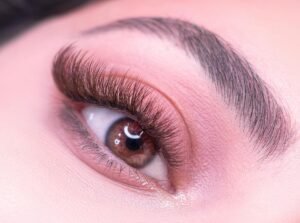Figuring out how to apply cream contour for beginners can feel both exciting and a bit overwhelming especially if you’re just getting into makeup. Cream contour is hands-down one of the best ways to lift your face and bring out your features and with the right tools and a little practice, it can level up your whole makeup look.
Whether you’re trying to carve out those cheekbones, define your jawline, or slim down your nose, contouring’s your best friend. In this guide on how to apply cream contour for beginners, I’m breaking down every step so you’ll feel confident every time you grab that contour stick.
What Is Cream Contour?
Contour comes in different forms, mainly powder and cream. While powder contour tends to sit on top of the skin, cream contour blends in more seamlessly for a more natural finish. Cream formulas are especially great for normal to dry skin, since they add a bit of hydration too
Why Use Cream Contour?
- They tend to blend easily especially when used with damp sponges.
- Looks more natural and seamless
- Great for beginners who need control over makeup coverage..
How to Apply Cream Contour for Beginners
1. Start with a Clean and Moisturized Base
The first step is to prep your skin. Start by gently cleansing your face with your go-to cleanser. Apply a lightweight moisturizer while your skin is still slightly damp. This helps lock in moisture and creates a hydrated base which makes it much easier for your cream contour to glide on and blend seamlessly.
2. Choose the Right Shade
Choosing the right shade of cream contour is key. You don’t want to go too dark or too light. Avoid shades that are too orange or too grey. A good rule of thumb is to choose a contour shade that’s about 1–2 shades darker than your natural skin tone. If you have cool undertones, opt for shades with a slightly grey or ashy base. If your undertones are warm, go for bronze or golden-brown shades.
3. Choose the Right Formula
When it comes to cream contour for beginners, it’s best to choose a formula that’s not too thick or overly creamy — you want something with the right balance that’s easy to work with. Cream contours come in different formats like sticks, pots, or palettes, and each has its own benefits.
Sticks are great for beginners because they offer more control and are easy to apply directly to the face. On the other hand, cream palettes tend to be softer and more hydrating, making them ideal for dry skin.
4. Apply After Foundation
This is a common mistake many beginners make. Always apply cream contour after foundation and concealer but before setting powder. If you’re using cream contour, make sure your foundation is also a cream or liquid formula.
Mixing powder with cream can cause them to clash and leads to pilling. Starting with foundation first creates an even base, helping your contour blend in seamlessly for a more natural finish.
5. Contour Map
Apply your cream contour to the areas you want to define using a contour brush or stick. Start just below your cheekbones, not directly on the bone. If you have a round face, apply the contour slightly lower from your cheekbone and angle it down toward the corners of your mouth to help elongate the face. For longer face shapes, bring the contour closer to the sides of your nose to create more balance.
Apply along the underside of your jawline and blend it slightly behind your ears to sculpt and shape the jaw. Then, apply contour around the outer edges or ‘halo’ of your forehead to create dimension.
To slim the appearance of your nose, apply two thin lines of cream contour down the sides of your nose bridge. Keep the two nose lines close together to avoid making your nose look wider than it is. The closer the lines, the slimmer your nose will appear.
6. Use the Right Tools
Using the right tools makes all the difference. If you’re working with a cream contour palette, use a concealer brush to pick up the product, then blend it out with a damp beauty sponge or a dense brush. If you prefer using a sponge, lightly dampen it with water.
It works especially well if you have dry skin or if the cream formula is on the thicker side. Brushes are great too; they offer more precision and usually blend product faster than sponges
7. Blend Using a Dabbing Motion
When blending, use a dabbing or stippling motion. Don’t rub or drag the contour. Start at the edges and work your way inward for a smooth and seamless finish.
This technique helps the cream t melt into the skin rather than just sitting on top. Take your time blending to avoid harsh lines.
8. Highlight Before or After
Now apply the cream highlighter. You can do this either before or after applying the contour, both ways work well. Personally, I find you get more control when you apply the highlighter first.
Focus on the under-eye area in a triangular shape, the bridge of the nose, chin, and Cupid’s bow, then blend it out.
9. Set with Translucent Powder
Once everything is in place, lightly set your face with a translucent powder. This will help your makeup stay put throughout the day. It’s especially important if you’re using cream contour, since it can wear off more easily.
10. Use Natural Light
One of the best tips for applying cream contour as a beginner is to do your makeup in natural daylight. It helps you see exactly how it’s going to look in real life. Beginners often make contour either too harsh or too subtle, and good lighting can really make a difference.
11. Use a Setting Spray to Finish
After you’ve finished applying your makeup, set it with a setting spray. Trust me, it’s not just an extra step. It really helps your makeup last longer. Even if your makeup usually stays on, but tends to smudge for some reason, a setting spray can help keep everything in place.
Related Read: How to Get Makeup to Last on Oily Skin (9 Tips)
By following these 11 tips and tricks on how to apply cream contour for beginners, you’ll be well on your way to mastering contour application. It definitely takes some practice, but with time, you’ll get the hang of it. Remember to start small and don’t be afraid to make mistakes.
FAQs on How to Apply Cream Contour for Beginners
Should I apply cream contour before or after foundation?
For best results, you should always apply cream contour after your foundation — not before. This helps it blend more easily into your base and gives a more natural shadow effect. If you apply it before foundation, there’s a good chance it’ll get wiped away while blending. That’s why applying it after foundation usually gives a cleaner and more defined result.
Is cream contour suitable for oily or acne-prone skin?
Yes, you can absolutely use cream contour on oily or acne-prone skin — but it’s all about choosing the right formula. Look for products that are non-comedogenic and oil-free to avoid clogging your pores. Also, stick with lightweight, non-greasy textures. Heavier formulas can lead to breakouts and add unwanted shine to the very areas you’re trying to define.




